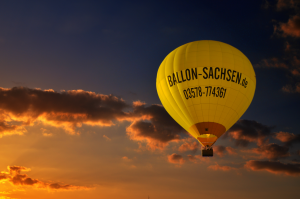- This topic is empty.
-
AuthorPosts
-
14/07/2025 at 14:10 #8256
When it comes to interior photography, the question of whether to shoot with lights on or off is a topic that often sparks debate among photographers, designers, and real estate professionals alike. The choice can significantly influence the mood, aesthetics, and overall impact of the images. In this post, we will explore the nuances of this decision, considering various factors such as natural light, artificial lighting, and the intended purpose of the photographs.
Understanding the Role of Natural Light
Natural light is often heralded as the gold standard in photography. It provides a soft, diffused quality that can enhance the textures and colors of a space. When shooting with lights off, the photographer relies on the available daylight, which can create a serene and inviting atmosphere. This approach is particularly effective in spaces with large windows or open layouts, where sunlight can flood the room, highlighting architectural features and creating dynamic shadows.
However, relying solely on natural light can be limiting. The time of day, weather conditions, and the orientation of the space can all affect the quality of light. For instance, shooting during the golden hour—shortly after sunrise or before sunset—can yield stunning results, but it may not always be feasible. Additionally, in darker spaces or those with limited windows, natural light alone may not suffice to capture the full essence of the interior.
The Impact of Artificial Lighting
On the other hand, incorporating artificial lighting can dramatically alter the mood and clarity of interior photographs. When lights are turned on, they can create a warm, inviting ambiance that draws viewers in. This is particularly beneficial for showcasing spaces like living rooms, kitchens, and bedrooms, where a cozy atmosphere is desired.
Using artificial lighting also allows for greater control over the exposure and color temperature of the images. Photographers can manipulate the intensity and direction of light to highlight specific features, such as artwork, furniture, or architectural details. Moreover, in commercial settings, such as restaurants or retail spaces, the right lighting can evoke a particular brand identity or customer experience.
Balancing Both Approaches
The most effective strategy often lies in a balanced approach, utilizing both natural and artificial lighting. By combining these elements, photographers can create a well-rounded representation of the space. For example, starting with natural light during the day can provide a beautiful base, while strategically turning on lights can enhance certain areas and add depth to the composition.
When employing this hybrid technique, it’s crucial to pay attention to color temperature. Mixing different light sources can lead to color casts that may detract from the overall quality of the photograph. Using a color checker or adjusting the white balance in post-processing can help maintain consistency and ensure that the final images accurately represent the space.
Consider the Purpose of the Photography
Ultimately, the decision to shoot with lights on or off should be guided by the intended purpose of the photographs. For real estate listings, where the goal is to present a property in its best light (pun intended), a combination of both methods may be ideal. This approach can showcase the property’s features while also conveying a sense of warmth and livability.
In contrast, for editorial or artistic projects, the choice may lean more towards one method or the other, depending on the desired aesthetic. For instance, a minimalist design might benefit from a clean, natural light approach, while a vibrant, eclectic space could shine with the addition of artificial lighting.
Conclusion
In conclusion, the question of whether to shoot interior photography with lights on or off does not have a one-size-fits-all answer. It requires careful consideration of the space, the desired mood, and the intended audience. By understanding the strengths and limitations of both natural and artificial lighting, photographers can make informed decisions that enhance their work and effectively communicate the essence of the interiors they capture. Whether you choose to illuminate your space or embrace the shadows, the key is to find the right balance that best serves your artistic vision and objectives.
-
AuthorPosts
- You must be logged in to reply to this topic.



